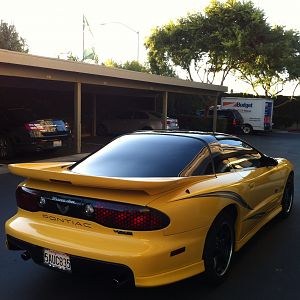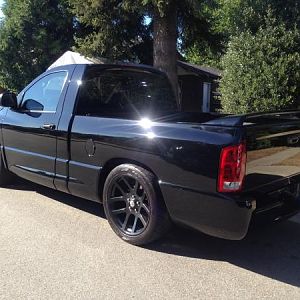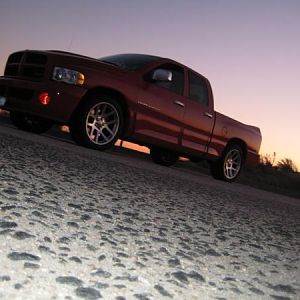Yeehaa!!
Many years ago while driving OTR in the USA I found some train horns in a truck stop. I bought them and dragged them back to NZ. They first went in/under my GMC Van and were so much fun. Then they went on my truck I was driving and had good times with the trains on the railway. Eventually sold to a mate and then etc etc. Here today are my new train horns and they are going on my truck, BOOM!!!!!




I have a small air tank and a twin cylinder air compressor that sits under the middle seat. The horns will go under the truck where the OEM muffler was once upon a time.
I also have some under car LED lights to go on and be set to PURPLE!!!
Pics to follow in a few weeks.
Many years ago while driving OTR in the USA I found some train horns in a truck stop. I bought them and dragged them back to NZ. They first went in/under my GMC Van and were so much fun. Then they went on my truck I was driving and had good times with the trains on the railway. Eventually sold to a mate and then etc etc. Here today are my new train horns and they are going on my truck, BOOM!!!!!




I have a small air tank and a twin cylinder air compressor that sits under the middle seat. The horns will go under the truck where the OEM muffler was once upon a time.
I also have some under car LED lights to go on and be set to PURPLE!!!
Pics to follow in a few weeks.












